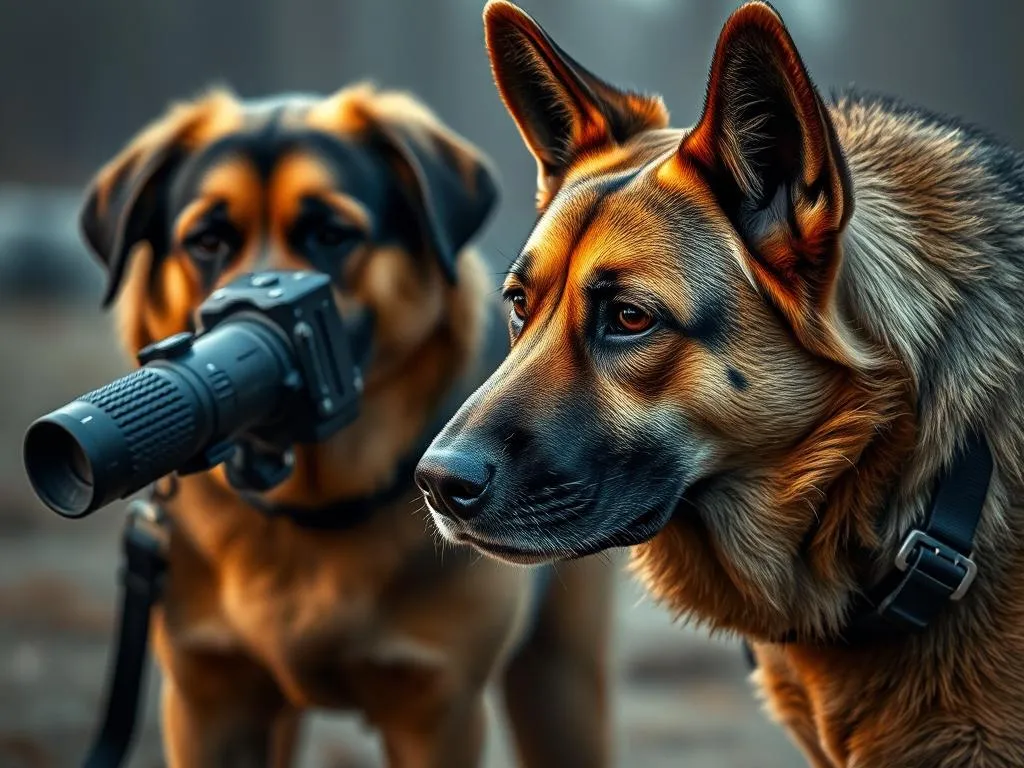
Introduction
Dogs have been our companions for thousands of years, serving in various sectors such as herding, hunting, and companionship. Among these roles, bomb sniffing dogs stand out as essential contributors to public safety and security. These canine heroes possess extraordinary abilities to detect explosives, providing invaluable support to law enforcement and military operations. In this article, we will delve into the fascinating world of bomb sniffing dogs, exploring their history, training, capabilities, and the crucial role they play in our society.
Understanding Bomb Sniffing Dogs
Definition and Purpose
Bomb sniffing dogs are specially trained canines that detect explosives and other dangerous materials. Their primary function is to ensure safety in public spaces by identifying potential threats before they can cause harm. The significance of their training cannot be overstated, as it equips them with the skills necessary to differentiate between various scents, making them invaluable in security operations.
History of Canine Detection
The use of dogs in law enforcement dates back centuries, but their application in bomb detection has evolved significantly over the years. Early uses of dogs primarily revolved around tracking and apprehending criminals. However, as the threat of explosive devices became more prevalent—especially during the World Wars—canine detection began to take on a more specialized role.
Notable historical events, such as the bombings during World War II, showcased the effectiveness of bomb sniffing dogs. These dogs aided in locating hidden explosives, saving countless lives and paving the way for the modern canine units we see today.
How Bomb Sniffing Dogs are Trained
Selection of Dogs
Choosing the right breed is crucial for effective detection work. Common breeds used for bomb detection include German Shepherds, Labrador Retrievers, and Belgian Malinois. These breeds possess innate characteristics, such as intelligence, strong work ethic, and keen senses, making them ideal candidates for training.
Training Programs
The training of bomb sniffing dogs involves a comprehensive program that includes basic obedience and advanced scent discrimination. Various agencies, including law enforcement and military organizations, conduct these training sessions, which typically last several months. The intensity of training varies, with daily sessions designed to reinforce skills and maintain a high level of proficiency.
Real-Life Scenarios in Training
To prepare for real-world situations, trainers often simulate environments that the dogs may encounter during their work. These scenarios include crowded public spaces, transportation hubs, and military settings. Handlers play a vital role during training exercises, guiding their dogs and reinforcing the bond that enhances performance in the field.
The Science Behind Scent Detection
Dog’s Olfactory System
A dog’s sense of smell is far superior to that of humans. While humans possess approximately 5 million scent receptors, dogs have around 220 million, enabling them to detect scents at incredibly low concentrations. This remarkable ability allows bomb sniffing dogs to differentiate between various odors, including those of explosives, which is a crucial aspect of their training.
Types of Explosives Detected
Bomb sniffing dogs are trained to detect various explosives, such as TNT, C4, and dynamite. Their training involves scent discrimination, where they learn to identify specific substances among a multitude of competing odors. This skill is vital for ensuring that they can accurately pinpoint threats in diverse environments.
The Role of Bomb Sniffing Dogs in Security
Public Events and Gatherings
At public events like concerts, sports games, and airports, bomb sniffing dogs play a pivotal role in maintaining safety. Their presence acts as a deterrent to potential threats, and their ability to detect explosives can prevent catastrophic incidents. Case studies have shown that their detection capabilities can lead to successful interventions, ensuring the safety of attendees.
Military and Law Enforcement Applications
In military operations and police work, bomb sniffing dogs are invaluable assets. They are often deployed in high-risk environments where the presence of explosives poses a significant threat. Notable examples include military operations in combat zones, where these dogs have successfully located hidden explosives, saving the lives of soldiers and civilians alike.
Challenges Faced in the Field
Despite their impressive capabilities, bomb sniffing dogs face challenges in the field. Factors such as fatigue, environmental distractions, and varying scents can impact their performance. Continuous training and updates are essential to keep these dogs at peak performance, ensuring they remain effective in detecting threats.
The Bond Between Handler and Dog
Importance of the Human-Animal Relationship
The bond between a bomb sniffing dog and its handler is foundational to their success. Trust and communication enhance their effectiveness in the field, as dogs respond better when they have a strong connection with their handlers. This relationship is crucial, as it allows handlers to interpret their dogs’ signals and behaviors effectively.
Handler’s Role and Responsibilities
Handlers are responsible for the daily care and training of their canine partners. This involves not only physical training but also emotional support, ensuring that the dogs are mentally engaged and healthy. The handler’s commitment to their dog’s well-being directly impacts performance, making this relationship essential for successful operations.
Legal and Ethical Considerations
Legal Framework
The use of bomb sniffing dogs is governed by various laws and regulations that can vary by jurisdiction. These legal frameworks establish guidelines for their deployment in public spaces, ensuring that the rights of citizens are respected while maintaining safety. Privacy concerns surrounding the use of these dogs are also a topic of ongoing discussion, as their presence can lead to questions about surveillance and civil liberties.
Ethical Treatment of Canine Workers
Humane training methods are critical in the ethical treatment of bomb sniffing dogs. Trainers and handlers must prioritize the well-being of these animals, ensuring they are not subjected to harsh methods. Additionally, provisions for the retirement and care of retired bomb sniffing dogs are essential. Many agencies have programs in place to adopt out retired dogs, providing them with loving homes after their service.
Future of Bomb Sniffing Dogs
Innovations in Training and Technology
The future of bomb sniffing dogs lies in the integration of innovative training methods and technology. Advances in detection technology, such as scent detection devices, can complement the natural abilities of these canines. This synergy between technology and traditional methods promises to enhance detection capabilities, making operations more efficient and effective.
The Ongoing Need for Canine Detection
As threats continue to evolve, the need for effective canine detection remains critical. Predictions for the future role of bomb sniffing dogs suggest that they will continue to be a cornerstone of security efforts. Ongoing investment in training and canine units is necessary to ensure that these animals remain at the forefront of public safety initiatives.
Conclusion
Bomb sniffing dogs play a vital role in ensuring public safety and security. Their extraordinary abilities, rigorous training, and unique bond with their handlers make them invaluable assets in various sectors. As we move forward, it is essential to appreciate and support these canine heroes, recognizing their contributions to our safety and well-being. Staying informed about ongoing developments in this field will further enhance our understanding and appreciation for the remarkable work of bomb sniffing dogs.









